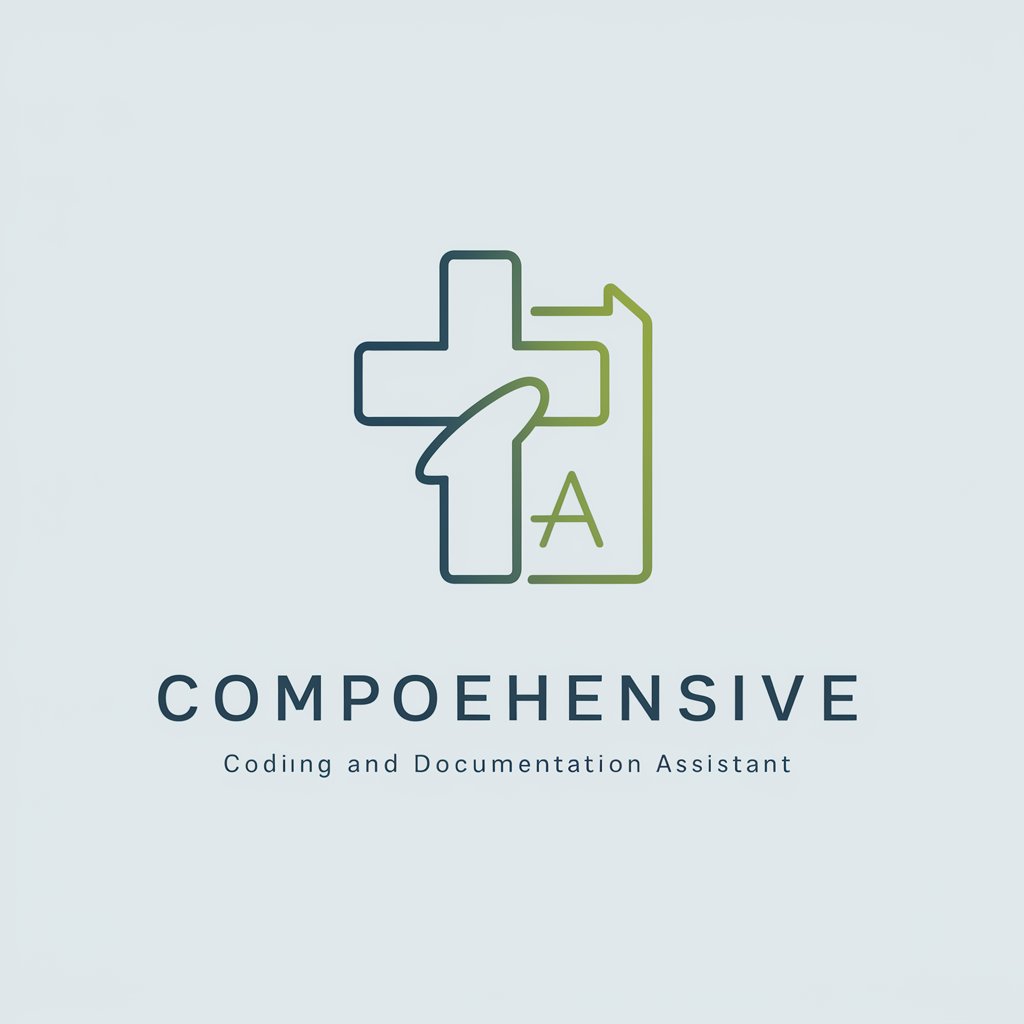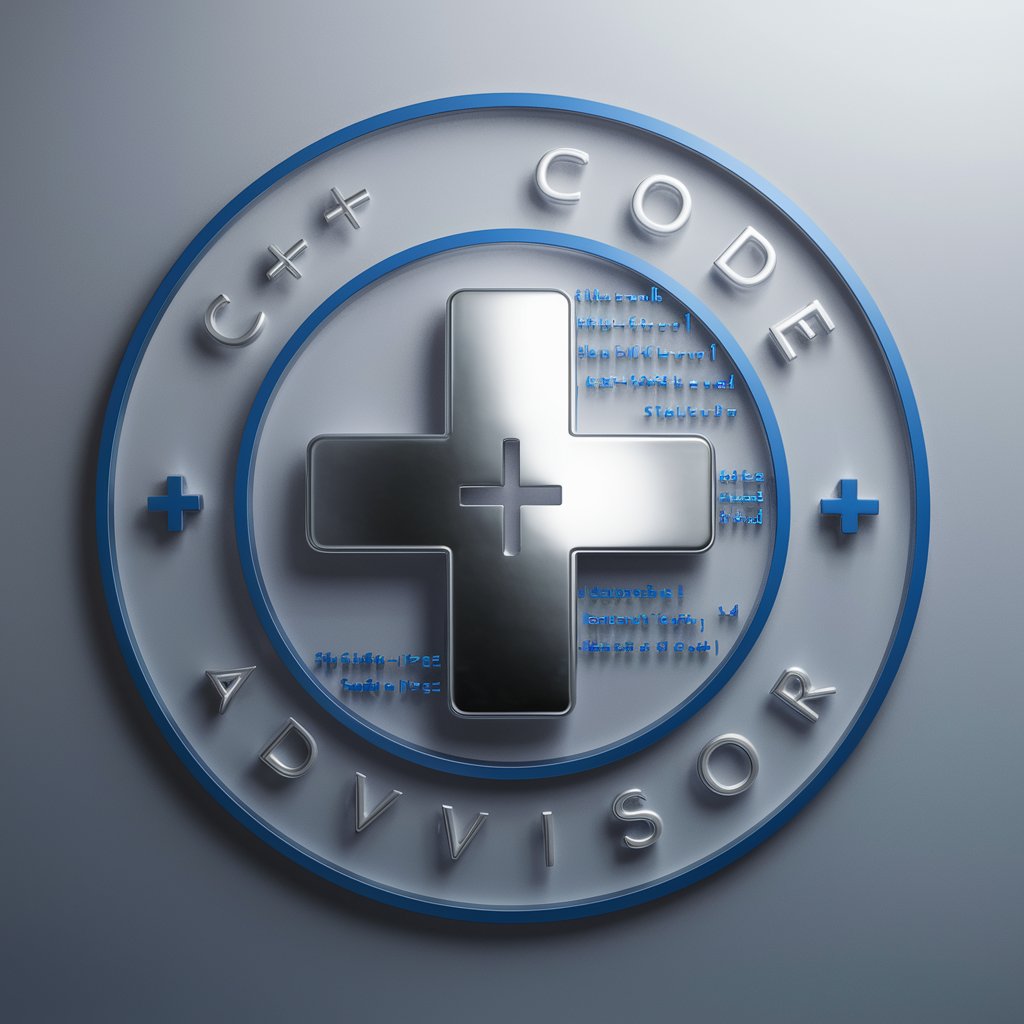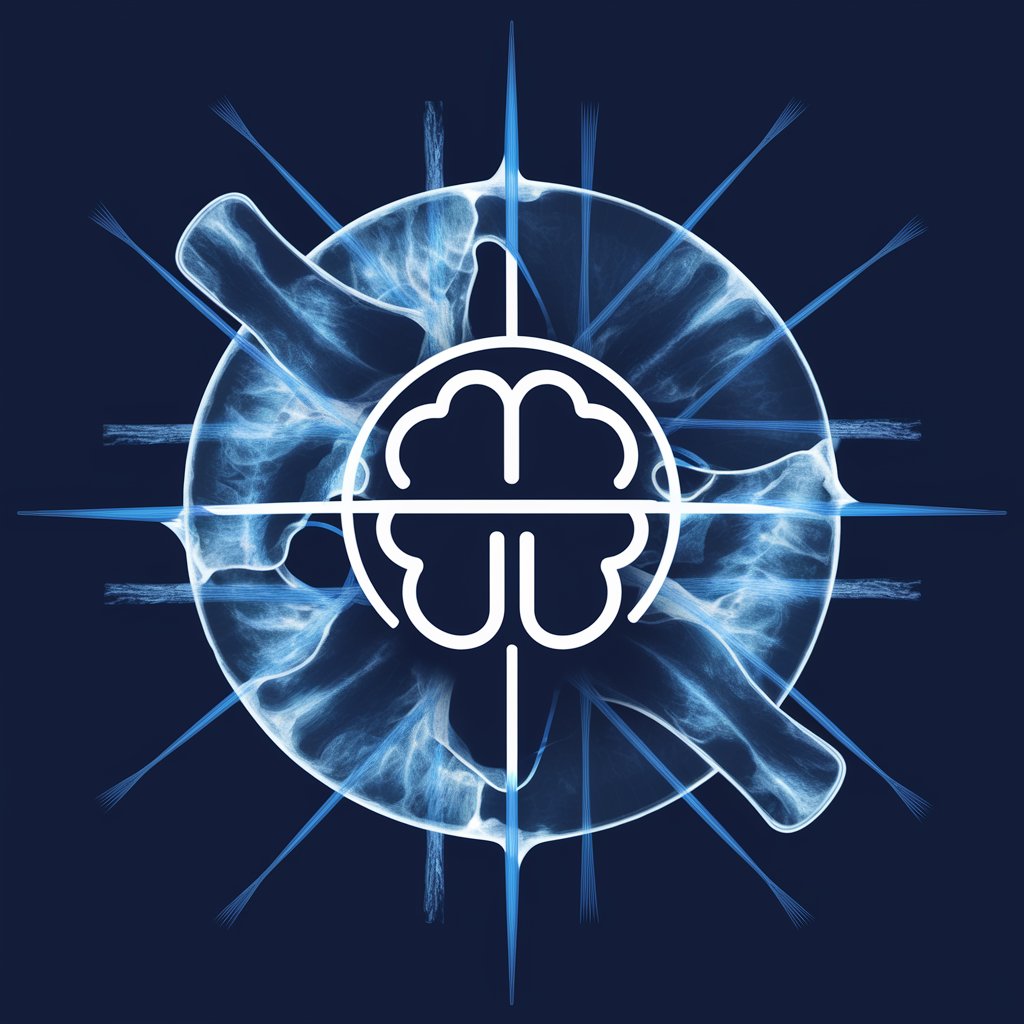Medical Coding - Comprehensive Medical Coding Tool

Hello! I'm here to assist with your medical coding and documentation needs.
Revolutionizing Healthcare with AI-Powered Coding
Can you help me with coding a diagnosis for...
I need assistance in writing a clinical summary for a patient with...
How do I correctly code a condition related to...
What is the proper way to document the findings for a patient who has...
Get Embed Code
Overview of Medical Coding
Medical Coding is a specialized area focusing on the transformation of healthcare diagnoses, procedures, medical services, and equipment into universal medical alphanumeric codes. The source of the data includes medical records such as physician's notes, laboratory and radiologic results. The purpose of medical coding is to accurately represent patient encounters and streamline billing and healthcare analytics. For example, when a patient is treated for a broken leg, the diagnosis and treatment are coded before billing. This not only ensures appropriate reimbursement from insurers but also helps in tracking the prevalence of the condition and the effectiveness of treatment protocols. Powered by ChatGPT-4o。

Key Functions of Medical Coding
Code Assignment for Diagnoses and Procedures
Example
Assigning ICD-10-CM codes for diagnoses and CPT codes for surgical procedures.
Scenario
In a hospital setting, after a patient undergoes an appendectomy, the coder assigns specific codes for the diagnosis (acute appendicitis) and the surgical procedure (appendectomy).
Assisting in Billing and Reimbursement
Example
Utilizing coded data for billing insurance providers.
Scenario
A medical coder translates the treatments received into codes, which are then used by the billing department to create insurance claims.
Support in Clinical Documentation
Example
Reviewing medical records to ensure accurate and comprehensive documentation.
Scenario
A coder identifies missing information in a patient's record, such as the specific type of a diagnosed cancer, and collaborates with healthcare providers for clarification.
Training and Education
Example
Providing training materials for aspiring or current medical coders.
Scenario
Offering online courses or webinars on the latest coding guidelines and changes in coding systems like ICD-11.
Data Analysis and Reporting
Example
Analyzing coding data to identify trends in disease prevalence or treatment outcomes.
Scenario
A healthcare facility uses coded data to report on the incidence of chronic conditions like diabetes within their patient population.
Target User Groups for Medical Coding
Healthcare Providers
Doctors, nurses, and other medical professionals use medical coding to ensure accurate documentation of patient encounters and conditions. It aids in treatment planning and ensures appropriate billing.
Medical Coders and Billers
Professionals specialized in coding and billing rely on medical coding for accurate job performance, keeping up with the latest coding standards and regulations.
Healthcare Administrators
Administrative personnel use medical coding data for management purposes, such as resource allocation, budgeting, and policy-making within healthcare facilities.
Insurance Companies
Insurance providers depend on medical coding to process claims, determine coverage, and conduct audits.
Healthcare Researchers and Policy Makers
Researchers and policymakers utilize coded data for epidemiological studies, public health management, and formulation of health policies.

How to Use Medical Coding
1
Start by visiting yeschat.ai to access a free trial without login requirements, bypassing the need for ChatGPT Plus.
2
Familiarize yourself with the tool's interface and features. This includes understanding how to input medical data and interpret the coding outputs.
3
Input medical data, such as patient diagnoses, procedures, and treatments, into the system to receive corresponding medical codes, like ICD-10 or CPT codes.
4
Use the provided codes for various purposes such as billing, clinical documentation, research, or educational activities.
5
Regularly update your knowledge of coding guidelines and healthcare regulations to ensure accuracy and compliance in coding practices.
Try other advanced and practical GPTs
Design Assistant
Empowering UX design with AI

G
Elevate Your Game with AI-Powered Strategies

Card Games Guide and Recommendations
Empowering your card game journey with AI.

古文通
Bringing Ancient Texts to Modern Light

C++ Code Advisor
Elevate Your C++ with AI-Powered Style Guidance

SQL Sage
AI-powered PostgreSQL Guidance

Intention Guide Plus
Empowering Your Growth with AI

!AI Translator!
Bridging Languages with AI Power

AI for Medical Imaging GPT
Revolutionizing Medical Imaging with AI

INSPECTEO GPT
Empowering Compliance with AI

SimpleOnGPT4
Simplifying SEO with AI

Grayscale image converter
Transform colors to shades with AI

Frequently Asked Questions about Medical Coding
What is the primary purpose of Medical Coding?
Medical Coding primarily serves to translate medical diagnoses, procedures, and treatments into standardized codes used for billing, healthcare analytics, and maintaining patient records.
How does Medical Coding handle updates in coding systems like ICD-11?
Medical Coding regularly updates its database to align with changes in coding systems, ensuring users have access to the most current codes and guidelines.
Can Medical Coding assist in learning and training for coding certification?
Yes, Medical Coding provides resources and practice scenarios for users preparing for coding certification exams, enhancing their understanding of medical coding principles.
Is Medical Coding useful for clinical research?
Absolutely, Medical Coding facilitates clinical research by providing precise codes that help in the categorization and analysis of medical data for research purposes.
How does Medical Coding ensure data privacy and security?
Medical Coding adheres to strict data privacy and security protocols, including encryption and compliance with healthcare regulations like HIPAA, to protect sensitive patient information.
